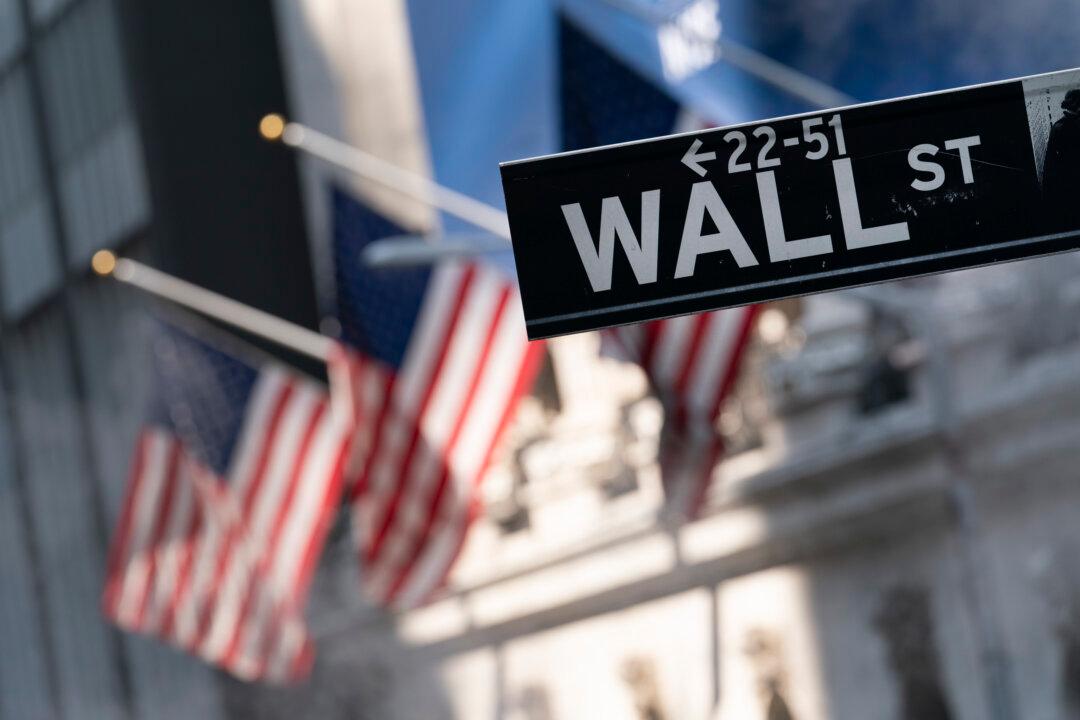LONDON—Wall Street headed for a lower start on Friday as investors sought to interpret a ’mixed bag' of payrolls numbers before the final session of a rollercoaster first trading week of the year.
U.S. employment rose by a less-than-expected 199,000 jobs last month as the impact of a resurgent pandemic bites, well below the 400,000 forecast by economists, but data for November was revised higher. The unemployment rate dropped to underscore tightening labor market conditions.





